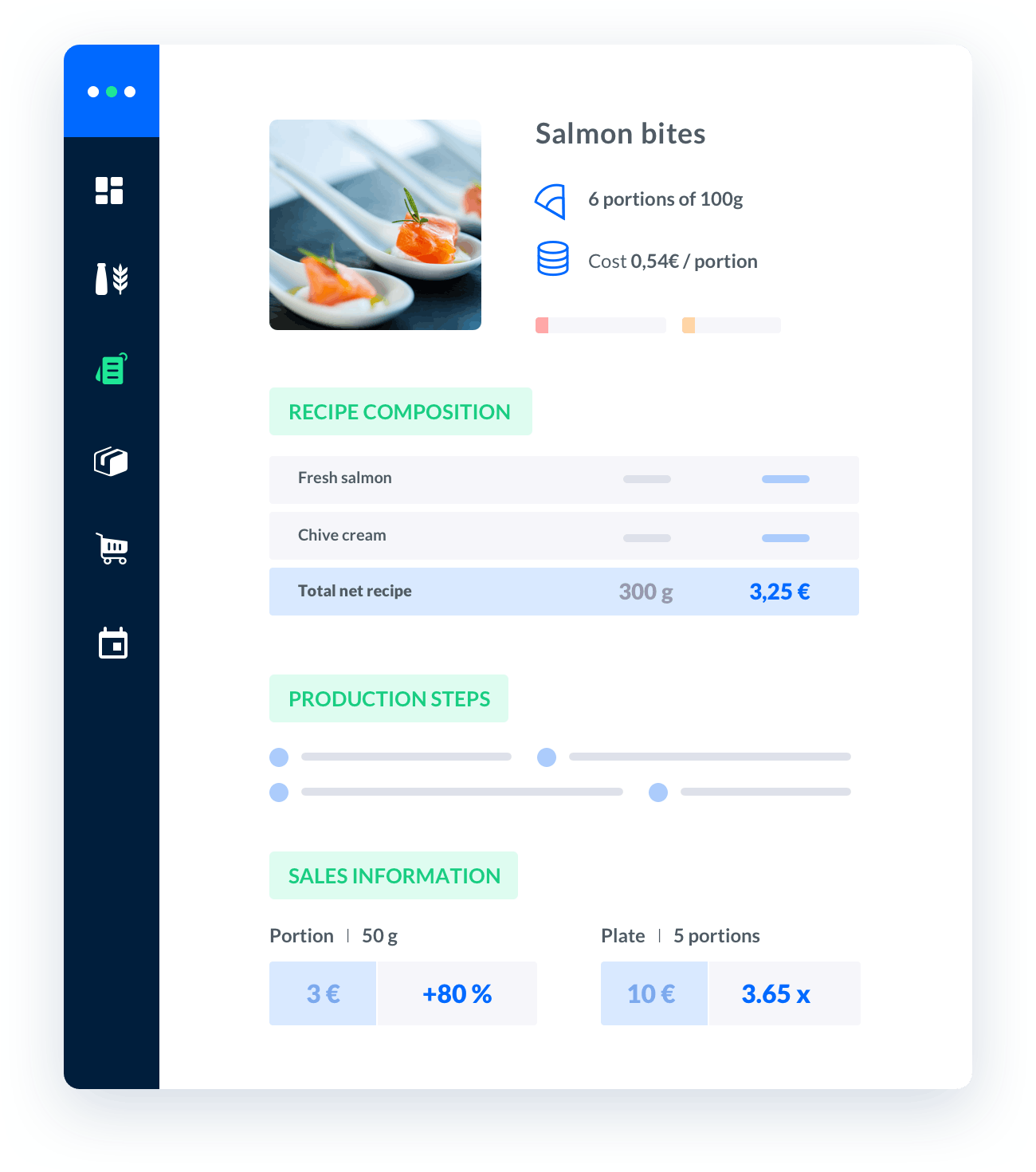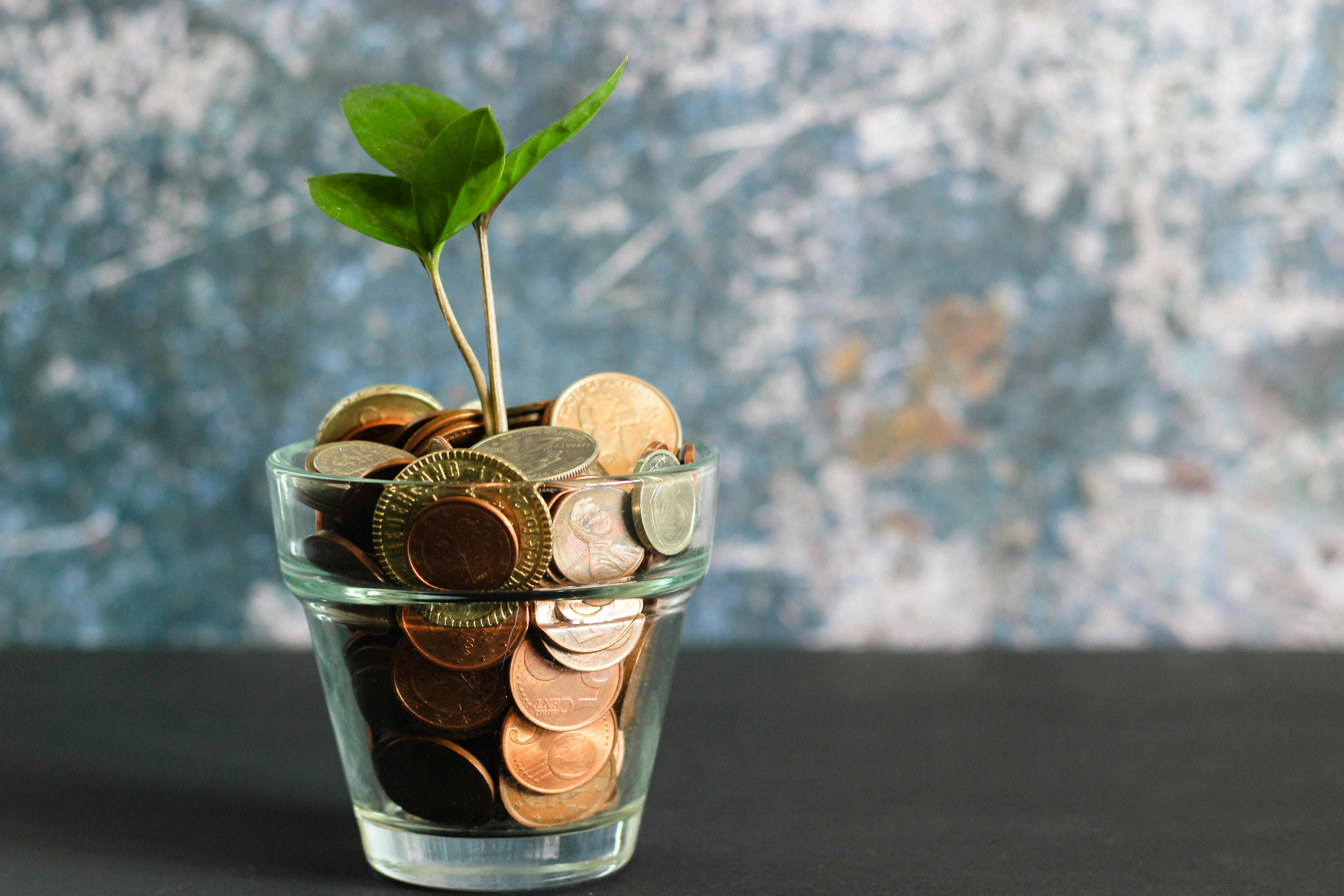food cost percentage formula excel
In the catering industry, accurately calculating food cost percentage is crucial for maintaining profitability and making informed business decisions.By using Excel, you can streamline this process and easily track your food costs.

Melba: the food cost app to optimize the profitability of your restaurant
Discover how to optimize the profitability of your restaurant with melba

The ultimate guide to food cost restaurant
Learn more about the food cost basis and how to reduce your food cost percentage
In the catering industry, accurately calculating food cost percentage is crucial for maintaining profitability and making informed business decisions. By using Excel, you can streamline this process and easily track your food costs. In this article, we will provide you with the food cost percentage formula in Excel, step-by-step instructions on how to calculate it, and some useful tips to optimize your food cost management.
The Importance of Food Cost Percentage
Food cost percentage is a key metric for any restaurant or catering business. It represents the portion of your total sales revenue that is consumed by food and beverage costs. Monitoring and maintaining a healthy food cost percentage is essential to ensure profitability and sustainability in the long run. By understanding and controlling your food costs, you can make informed pricing decisions, identify areas of waste, and maximize your profit margins.
Calculating Food Cost Percentage in Excel
Using Microsoft Excel can greatly simplify the process of calculating food cost percentage. Follow these steps to determine your food cost percentage:
Step 1: Gather the Necessary Data
Before you start calculating, ensure you have the following information readily available:
- Total food and beverage purchases for a specific period (e.g., a month)
- Total sales revenue for the same period
- Any additional costs directly related to food production (e.g., ingredients, packaging)
Step 2: Calculate Total Food Costs
To calculate your total food costs, add up the following:
- Food and beverage purchases
- Additional costs directly related to food production
Note: Exclude non-food expenses such as staff wages, rent, and utilities.
Step 3: Calculate Food Cost Percentage
Once you have the total food costs, divide it by the total sales revenue and multiply by 100 to get the food cost percentage:
Food Cost Percentage = (Total Food Costs / Total Sales Revenue) * 100
Tips for Optimizing Food Cost Management
Now that you know how to calculate food cost percentage in Excel, here are some tips to help you optimize your food cost management:
1. Regularly Update Your Menu Prices
Review and adjust your menu prices periodically to ensure they reflect the current food costs. This will help you maintain a healthy profit margin even when ingredient prices fluctuate.
2. Analyze and Compare Supplier Prices
Regularly evaluate your suppliers and compare prices to ensure you are getting the best deals on quality ingredients. Negotiating with suppliers can help you reduce your food costs without compromising on quality.
3. Monitor Portion Sizes and Waste
Controlling portion sizes and minimizing food waste can significantly impact your food cost percentage. Train your staff to follow portion size guidelines and implement effective inventory management practices to avoid unnecessary waste.
4. Implement an Inventory Management System
Using an inventory management system, such as Excel spreadsheets or specialized software, can help you keep track of your stock levels, monitor ingredient usage, and identify any discrepancies. This will enable you to make data-driven decisions and reduce the risk of overstocking or running out of essential items.
5. Regularly Review Recipes and Menu Engineering
Analyze your recipes and menu engineering to identify high-cost ingredients and dishes with low profit margins. By tweaking recipes or modifying your menu, you can optimize your food costs and maximize profitability.
Conclusion
Calculating food cost percentage in Excel is a powerful tool for managing your catering business's finances. By regularly monitoring your food cost percentage and implementing effective cost management strategies, you can ensure profitability, make informed pricing decisions, and ultimately succeed in the competitive catering industry.






